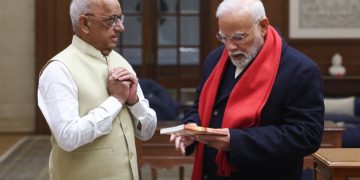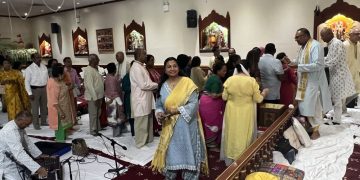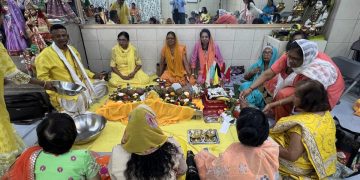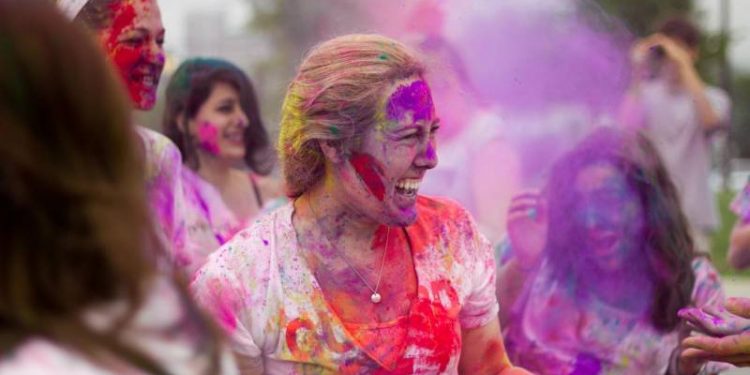The National Council of Indian Council Culture(NCIC) has proposed the holding of an international conference on Phagwah next month, March 2021, at Divali Nagar and it will be done as a virtual parley, notwithstanding the current state of country in face of the Covid-19 Pandemic. It a noble exercise to give Phagwah the international impetus and support and acceptance.
Phagwa is not the Hindu Carnival, and the several organizing groups have warned that they will not tolerate the drinking of alcohol, eating of meat or lewd behavior because Phagwa has a deep and serious spiritual significance. Among the major groups which annually observe Phagwah are: Sanatan Dharma Maha Sabha (SDMS) led by Vijay Maharaj; Hindu Prachar Kendra under the tutelage of Shri Ravji; and Geeta Ramsingh, and the National Phagwa Council.
Phagwa has a very transcendental message for all mankind. It is a message of truth, faith, honesty, graciousness and about life itself. It contains and depicts infinite spirituality. It is associated with chowtal singing, shaking of jhalls, tassa drumming and the throwing of abeer. But what is this all about? Is it just sheer merriment, or is there another deeper and spiritual message? How can one describe Hiranyakashipu’s behaviour not only to his son, whom he had begged dearly for, but to mankind? Is that message dead or irrelevant with the passage of time? How would one describe Hiranyakashipu’s attitude in the context of the functioning of Prakriti, and by extension the three Gunas or latent qualities?
Legend has it that an old woman’s grandchild was to be sacrificed to a female demon named Holika and a religious leader in the community advised her that abuse and foul language would subdue Holika. The old woman collected many children and made them abuse Holika with foul language, and the demon fell on the ground and died, and the children made a bonfire of her remains. A connecting chord to this episode is Bhakta Prahalad’s devotion to Lord Narayana and his subsequent escape from death at the hands of Holika.

Prahalad’s father, King Hiranyakashipu, punished him in a variety of ways to change his devotional mind and make him worldly-minded. But he failed in his attempts and at last, he ordered his sister Holika (who had a boon to remain unburnt even inside fire) to take Prahalad on her lap and enter into the blazing flames. She did so, and she subsequently perished. Prahalad remained untouched in the fire and kept laughing. He was not affected by the fire on account of the Grace of Lord Narayana. As this story of Prahalad unfolds, we mortals must not look at it as just another story without any moral, ethical or spiritual relevance. For sure, Hiranyakashipu did not measure up to the Sattvic aspect of the Prakriti which embodies purity, light and harmony. He failed that one, too. And look at the Rajas aspect which comprises passion, activity and motion, all of which failed as well.
Hiranyakashipu was a stubborn man, like many today. He was set to conquer the worldly objects, senses and pleasures. Look how this was a noble being on the threshold of conquering death and, obtaining spiritual liberation through his devotion to Lord Narayana, and he quickly changed his agenda. There is a being who has been and who will always be in charge of this world and our lives. This belief is echoed in other religions. Phagwa follows the religious Hindu observance of Shiva Raatri, and the Christian period of lent, all of which pay homage to a higher force.
Phagwa recalls the victory of the oppressed against oppressors and the ideal that Supreme Justice will prevail. It reaffirms that truth, goodness and justice will always be present. There is no doubt that Prahalad suffered immensely at the hands of his father and aunt, but the story demonstrates that no matter what punishment one may receive at the hands of evil-doers, survival is certain once there is strong and unconditional faith in God.










































































